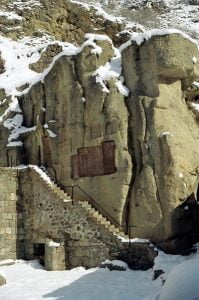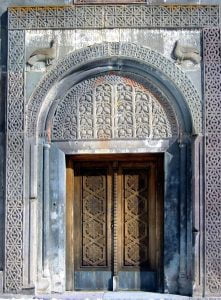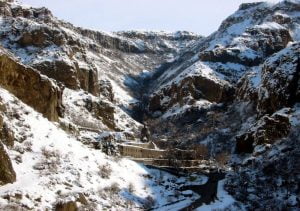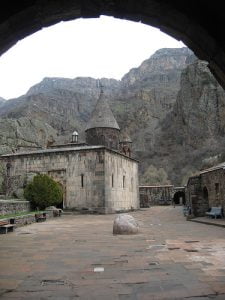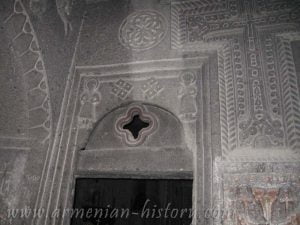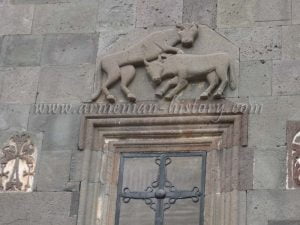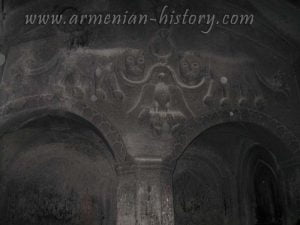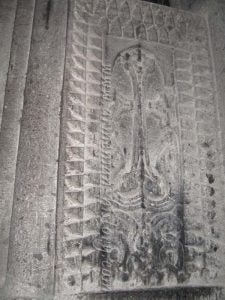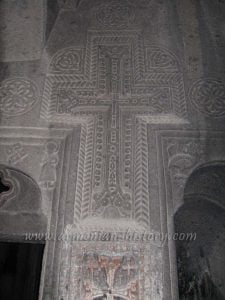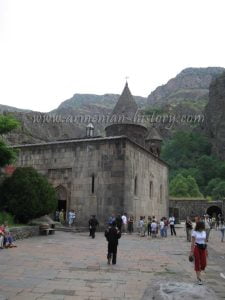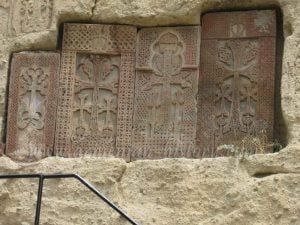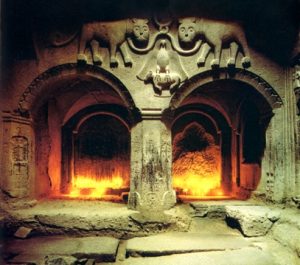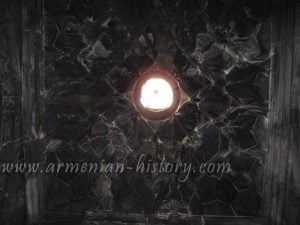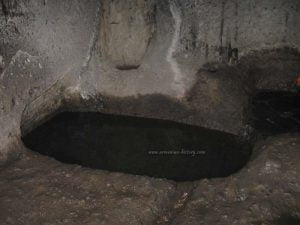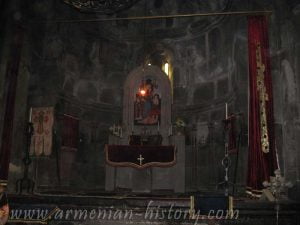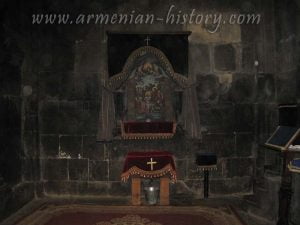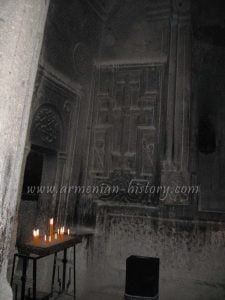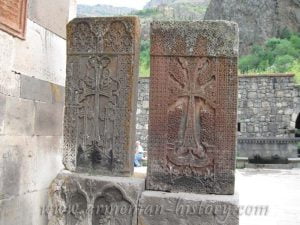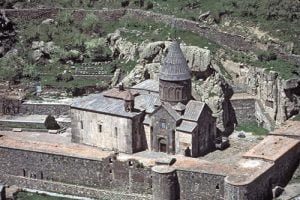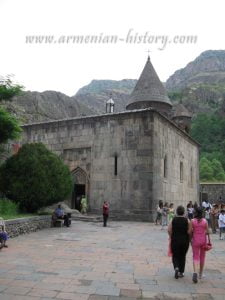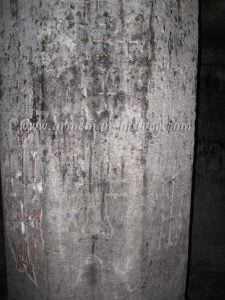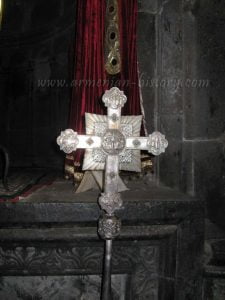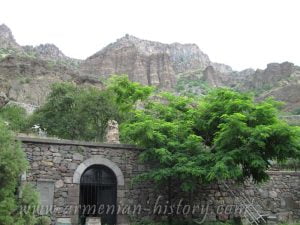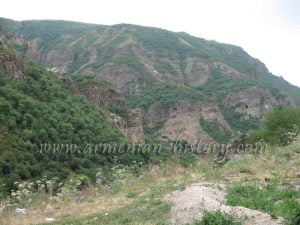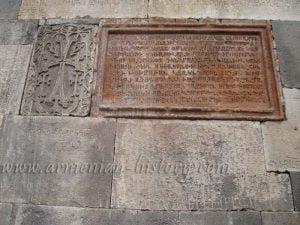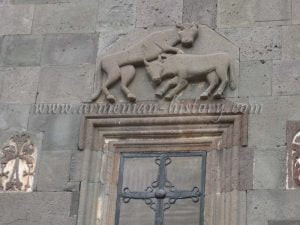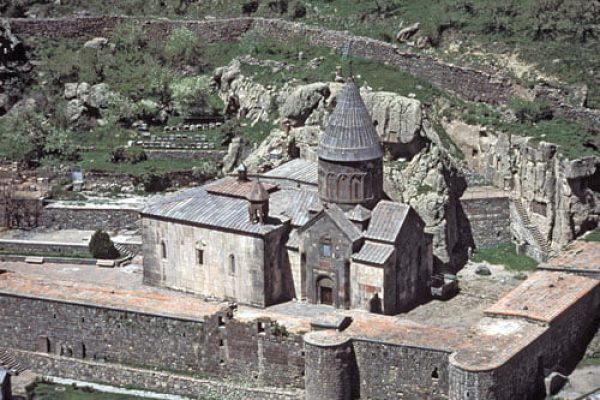
Geghard Monastery, also known as Geghardavank (meaning “Monastery of the Spear”), is a medieval Armenian monastery carved out of solid rock. It is situated in the Ararat Province of Armenia, nestled in the dramatic Azat River Gorge, approximately 35 km east of Yerevan. A UNESCO World Heritage Site since 2000, Geghard is celebrated not only for its impressive architecture but also for its integration with the surrounding natural landscape.
Historical Background
Geghard Monastery is believed to have been founded in the 4th century by St. Gregory the Illuminator, following Armenia’s adoption of Christianity in 301 AD, making it one of the oldest Christian monasteries in the world. The site was originally known as Ayrivank, meaning “Monastery of the Cave,” due to the numerous cave chambers within the complex.
The main cathedral of the monastery, known as the Katoghike Church, was constructed in 1215 under the patronage of the Zakarian princes during Armenia’s flourishing medieval period. However, the complex was later expanded and further developed by the Proshyan noble family, who ruled the region in the 13th century.
Architectural Significance
The architecture of Geghard Monastery is a testament to medieval Armenian craftsmanship. The complex is fortified by high defensive walls on three sides, with the towering cliffs of the Azat Gorge forming the fourth natural boundary. The main structures are partly hewn into the rock, blending seamlessly with the mountainous terrain, which gives the site its unique, mystical quality.
Visitors can enter the interconnected churches, chapels, and caves, many of which are adorned with intricate carvings and Armenian cross-stones (khachkars). One of the chambers contains a small spring-fed pool, symbolizing the sacred water often found in Armenian monasteries. The acoustics within these rock-cut spaces are remarkable, enhancing the spiritual atmosphere during religious ceremonies.
Spiritual Center of the Middle Ages
Geghard Monastery was more than just an architectural marvel; it was also an important spiritual and cultural hub during the Middle Ages. The site housed numerous monks and scholars, and it became a pilgrimage site because of its association with the Holy Lance (Geghard in Armenian), believed to have been brought to Armenia and stored at the monastery. According to tradition, this lance is the spear that pierced the side of Christ during the Crucifixion, making the monastery a center of religious devotion.
Under the rule of the Zakarian princes and later the Proshyan family, the monastery flourished, becoming one of the most significant monastic complexes in Armenia. Its wealth and influence extended across the region, and it played a vital role in preserving Armenian culture and Christianity during times of foreign invasion.
Modern Significance and Tourism
Today, Geghard Monastery is one of the most popular tourist destinations in Armenia, drawing visitors for both its historical significance and natural beauty. The surrounding area is dotted with caves and ancient rock formations, and the site itself offers breathtaking views of the Azat River Gorge.
In addition to its architectural beauty, Geghard continues to function as a religious site, with services and ceremonies held regularly. The monastery remains a symbol of Armenia’s rich Christian heritage and its enduring cultural legacy.
